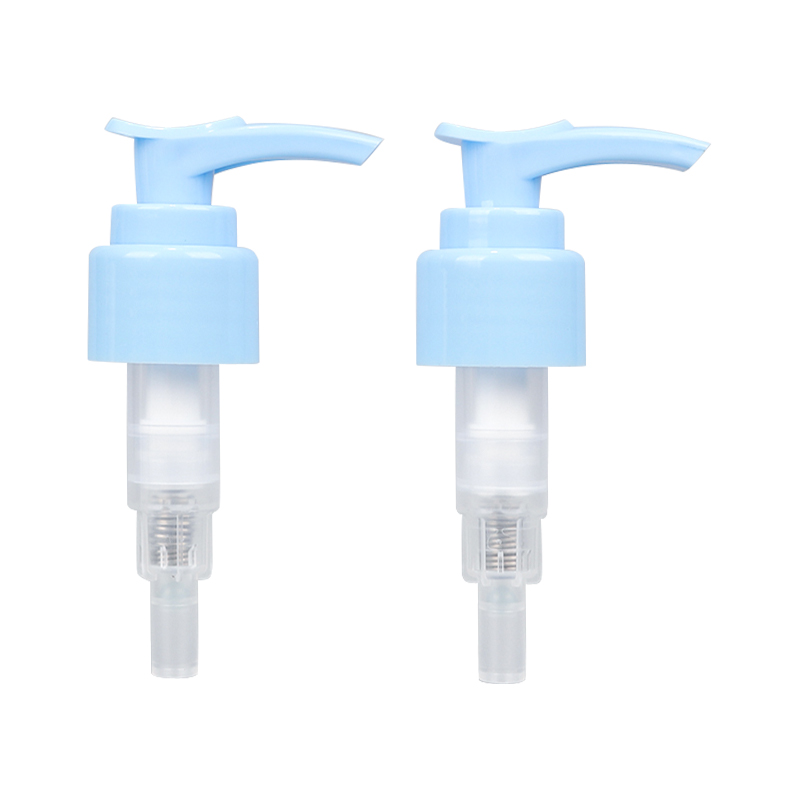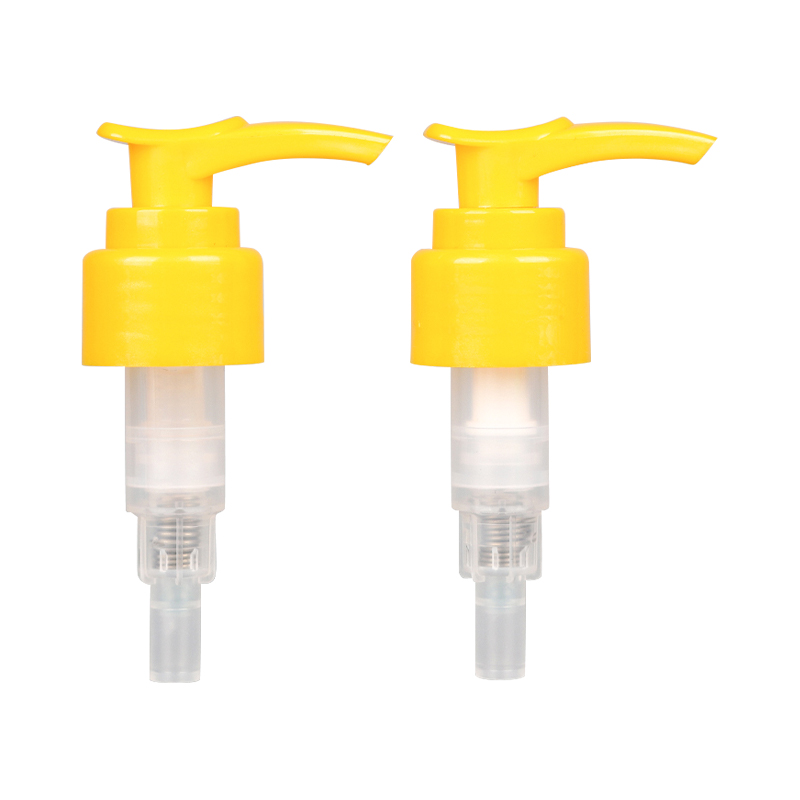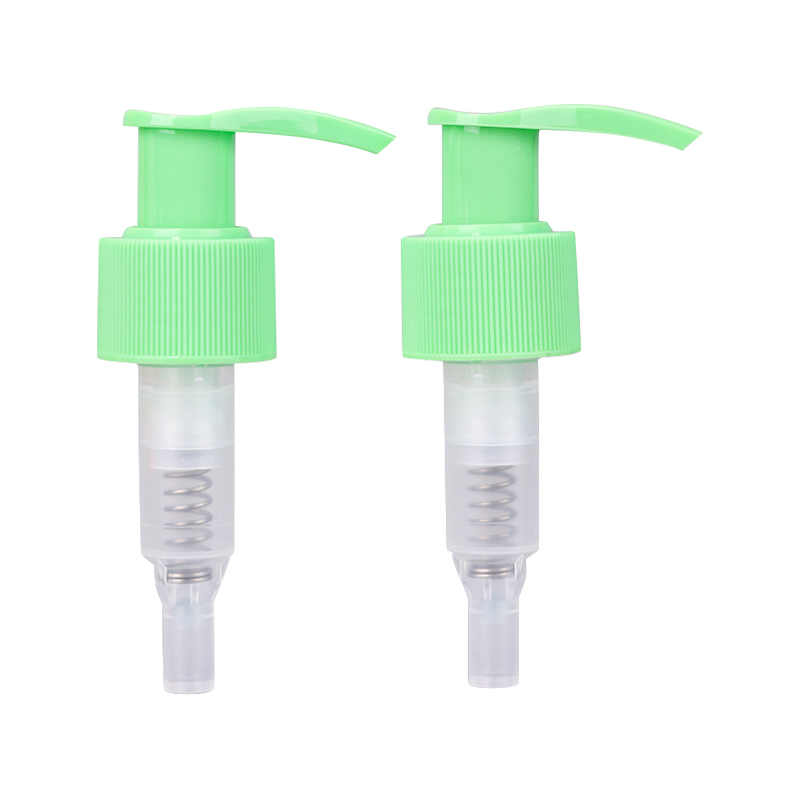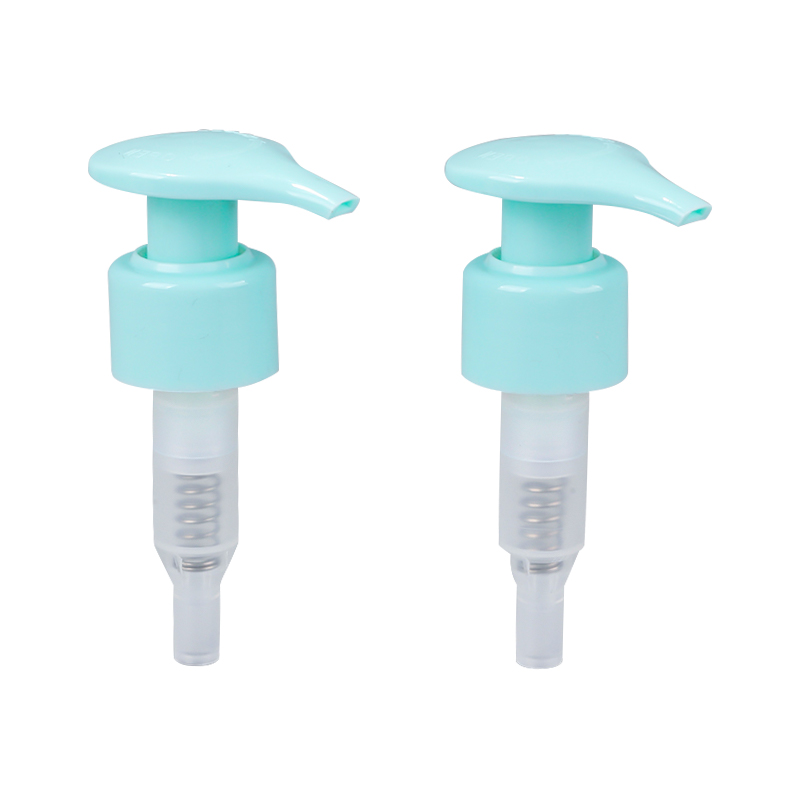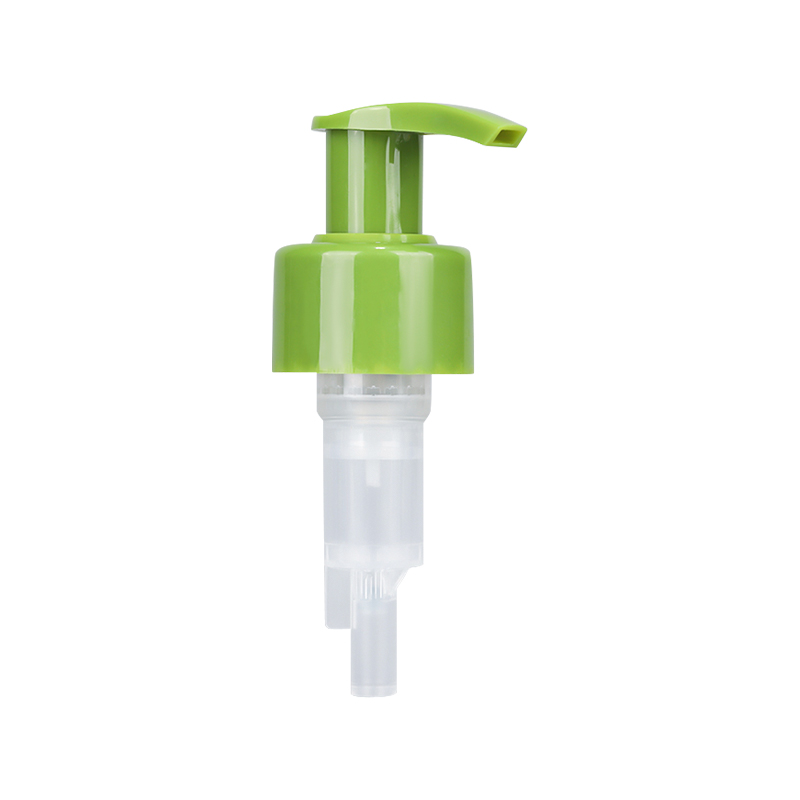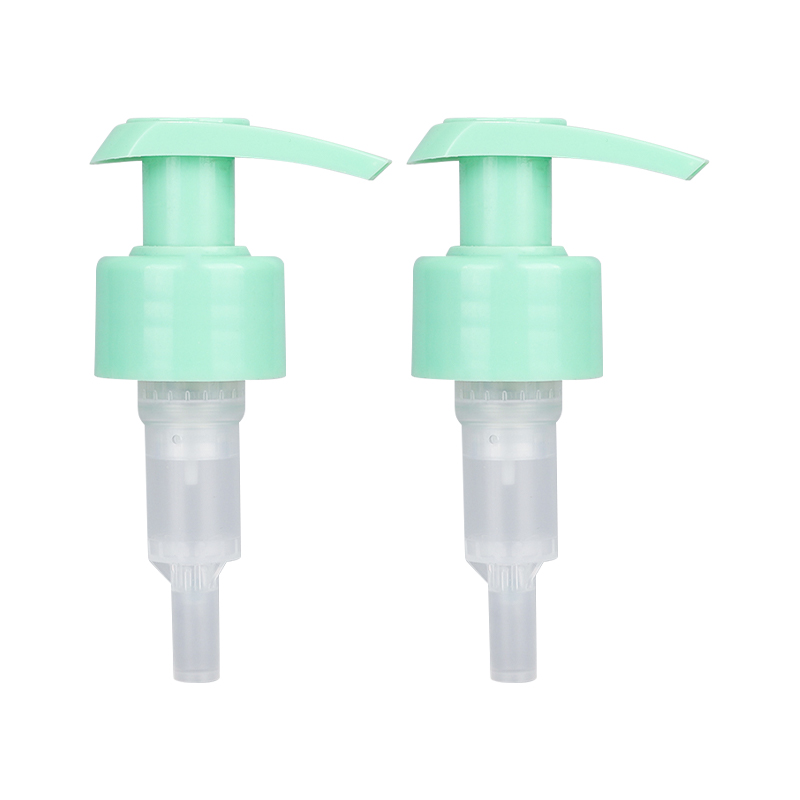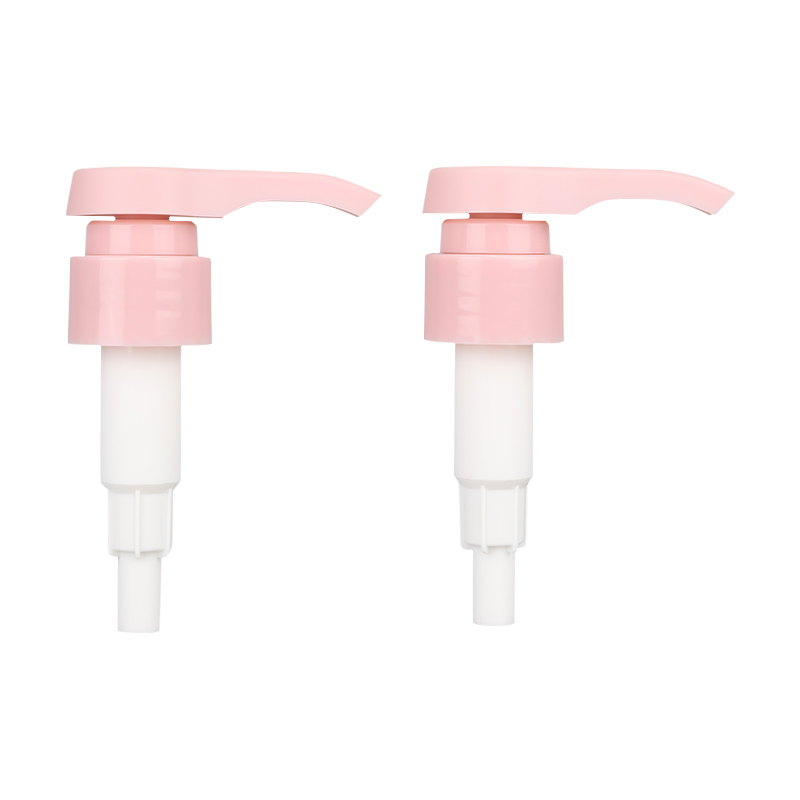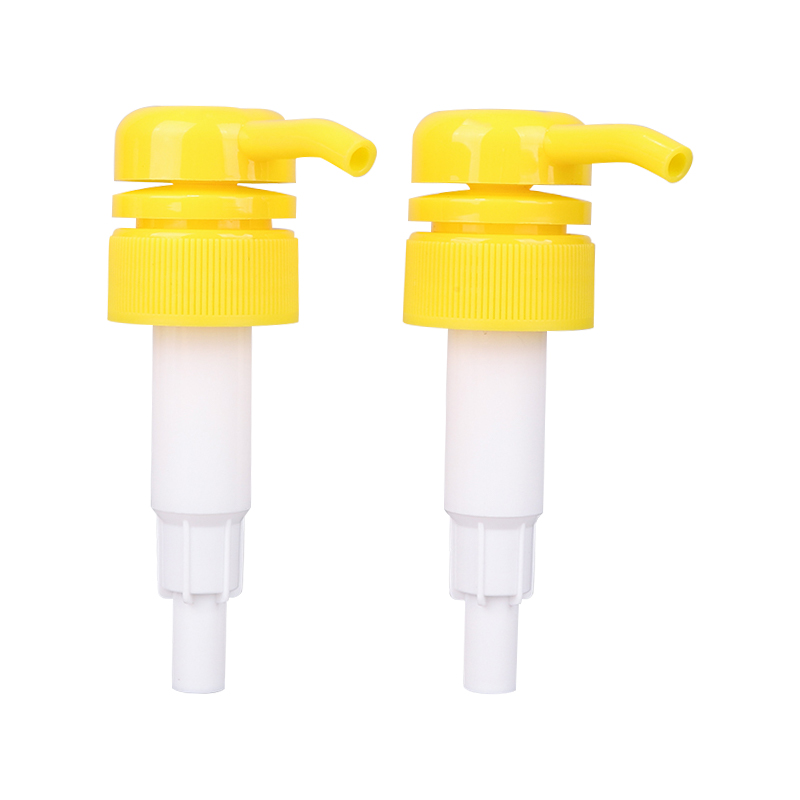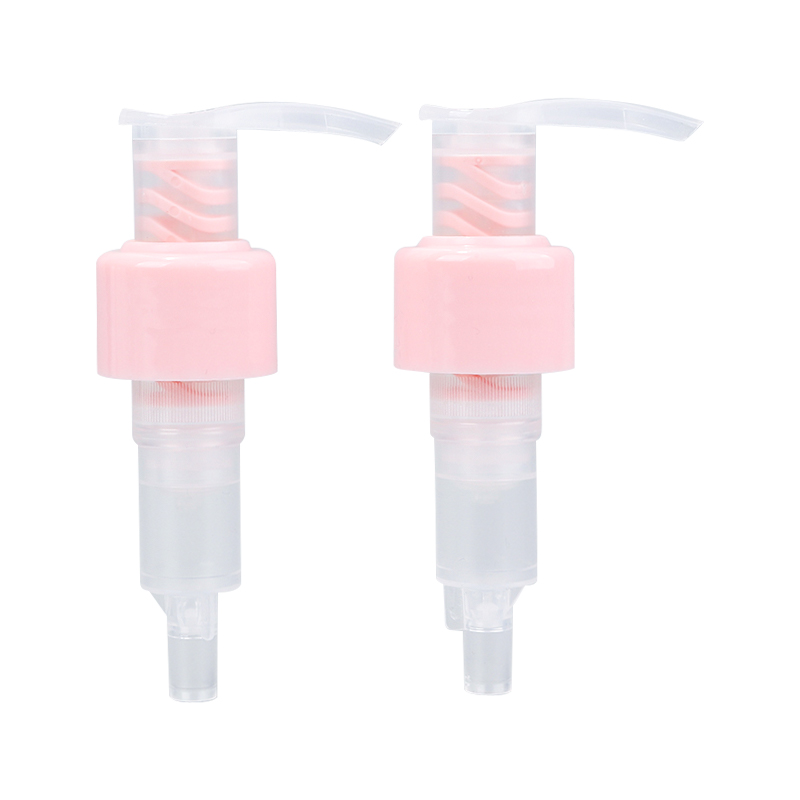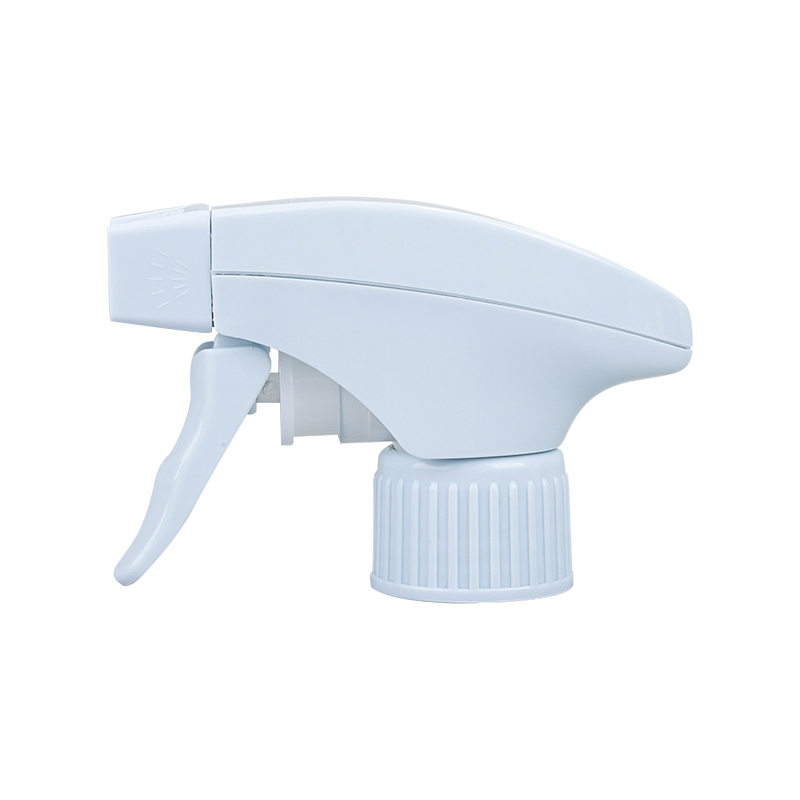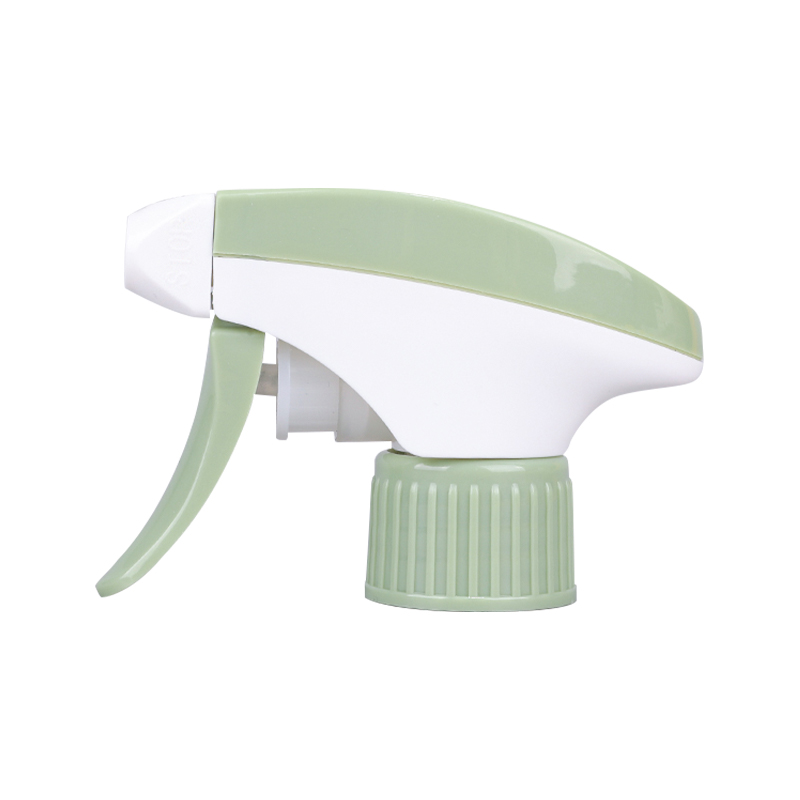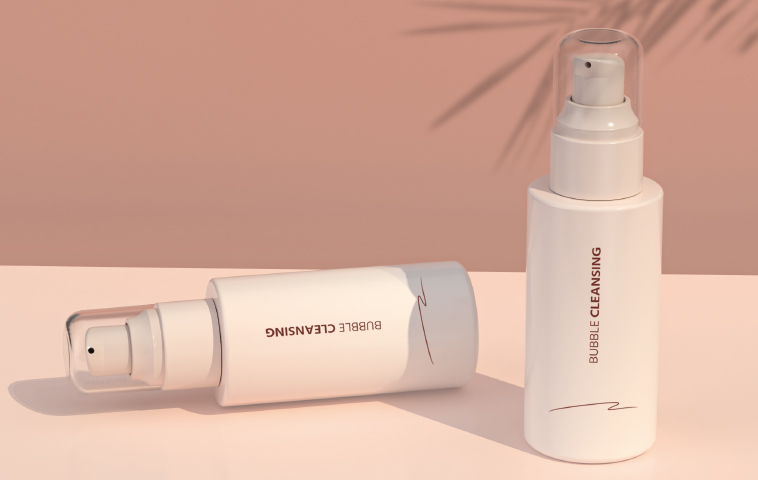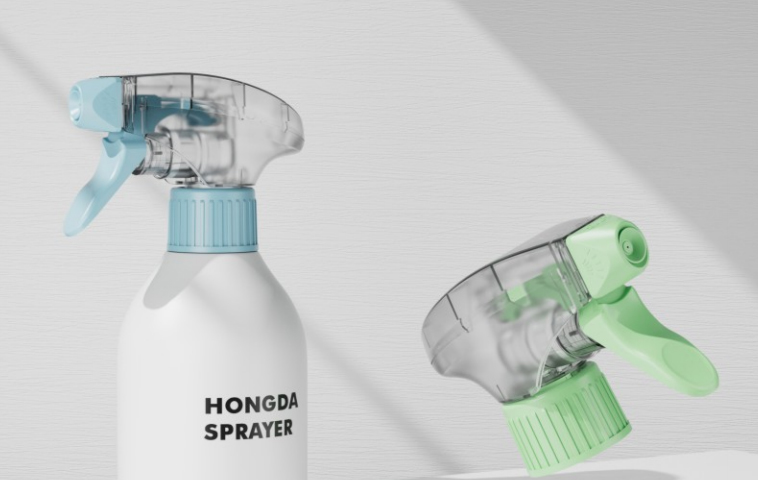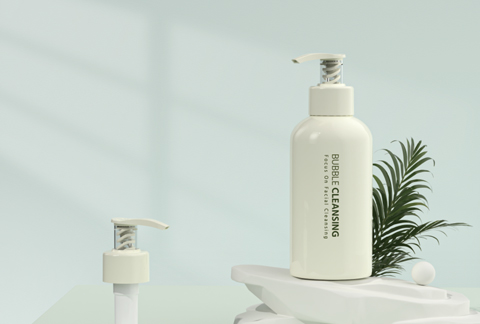Inside a Foaming Soap Pump is a carefully engineered assembly of components including a return spring, piston rod, mixing chamber, and air intake valves, all of which work together to combine air with diluted soap to produce foam. Over-pumping, especially with excessive force or rapid, repeated pressing, increases the mechanical stress on the spring and piston mechanism beyond their intended operational limits. This repeated high-pressure compression can gradually weaken the spring’s elasticity, making it slower or less effective in returning the piston to its rest position, which reduces pumping efficiency. Over time, the sliding components may develop microscopic wear patterns, friction points, or misalignments that disrupt the smooth movement required for proper air–liquid mixing.
The Foaming Soap Pump is calibrated to maintain a precise air-to-liquid ratio inside its mixing chamber, which is essential for producing fine, stable foam. When a user pumps too quickly without allowing the chamber to fully recharge, or applies inconsistent pressure, the delicate balance between air and liquid intake is disrupted. This results in foam that is watery, uneven in bubble structure, or lacking the dense, creamy texture expected from a quality dispenser. Over-pumping can also lead to partial suction cycles, where too much air or too much liquid enters the chamber, producing inconsistent output between uses. Repeated misuse of this kind can also cause gradual internal pressure imbalances, which further diminish foam stability even when the pump is operated correctly.
Excessive force when pressing the pump can create internal back pressure inside the soap reservoir, forcing liquid soap past the seals or through unintended pathways. This can cause persistent dripping from the nozzle or seepage around the pump head even when not in use, resulting in a messy dispensing area. Over time, leaked soap can dry and form hardened deposits around the nozzle or inside the pump head, which partially obstructs the dispensing pathway and leads to uneven foam release. In professional or customer-facing environments, such mess not only affects hygiene but can also leave a poor impression, requiring additional cleaning time and operational attention.
Foaming Soap Pumps rely on small but critical seals and gaskets—often made from silicone or rubber—to keep air and liquid in separate controlled channels. When a pump is over-pressed repeatedly or subjected to sudden bursts of force, these elastomeric components experience deformation, stretching, and in some cases micro-tearing. Once seals lose their integrity, the pump can no longer maintain the airtight environment necessary for proper foam creation, resulting in weak foam output or complete failure to foam. Liquid soap may bypass the mixing chamber entirely, dispensing as plain liquid and rendering the pump ineffective for its intended purpose.
Foaming Soap Pumps are designed to dispense an optimized amount of diluted soap for effective handwashing, often using significantly less soap than standard liquid dispensers. Over-pumping results in dispensing far more soap than necessary, leading to wastage and increased operating costs over time. In high-volume environments such as restaurants, schools, or public restrooms, this wastage compounds rapidly, requiring more frequent refills, more staff labor to maintain, and a higher overall cost per use. This undermines the economic and environmental advantages of using a foaming dispenser in the first place.
For a Foaming Soap Pump to work properly, the air pathway inside the mixing chamber must remain clear and unobstructed to allow for efficient aeration of the soap solution. Over-pumping can flood these air channels with excess liquid soap, especially if the pump is pressed too quickly or too many times in a row, overwhelming the designed air–liquid separation process. Once liquid fills the air channel, it can dry over time and leave hardened residue that reduces airflow capacity. Even a small reduction in airflow can change foam density, output volume, and stability. In severe cases, the pump may require full disassembly and deep cleaning to restore normal operation.

 English
English русский
русский Français
Français Español
Español italiano
italiano